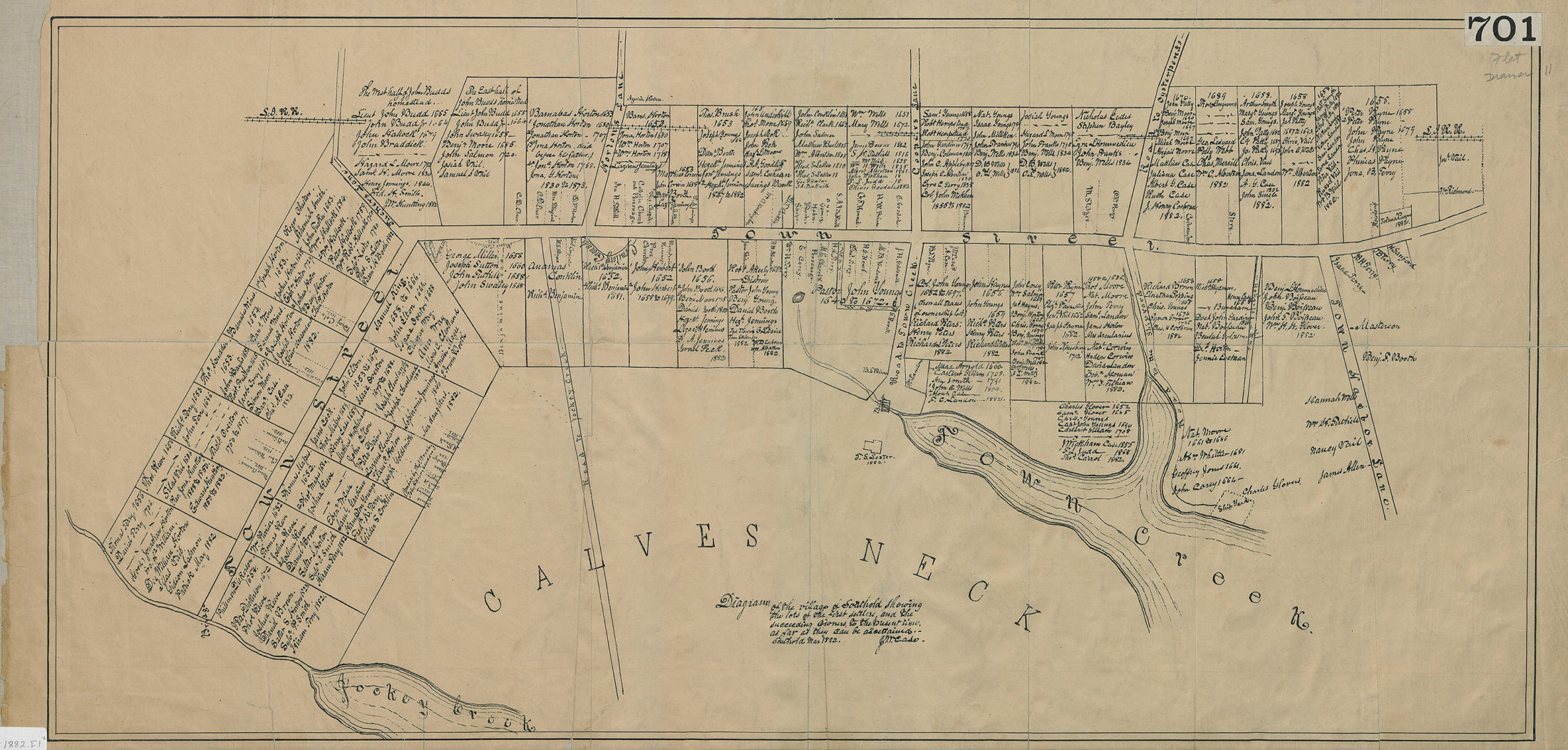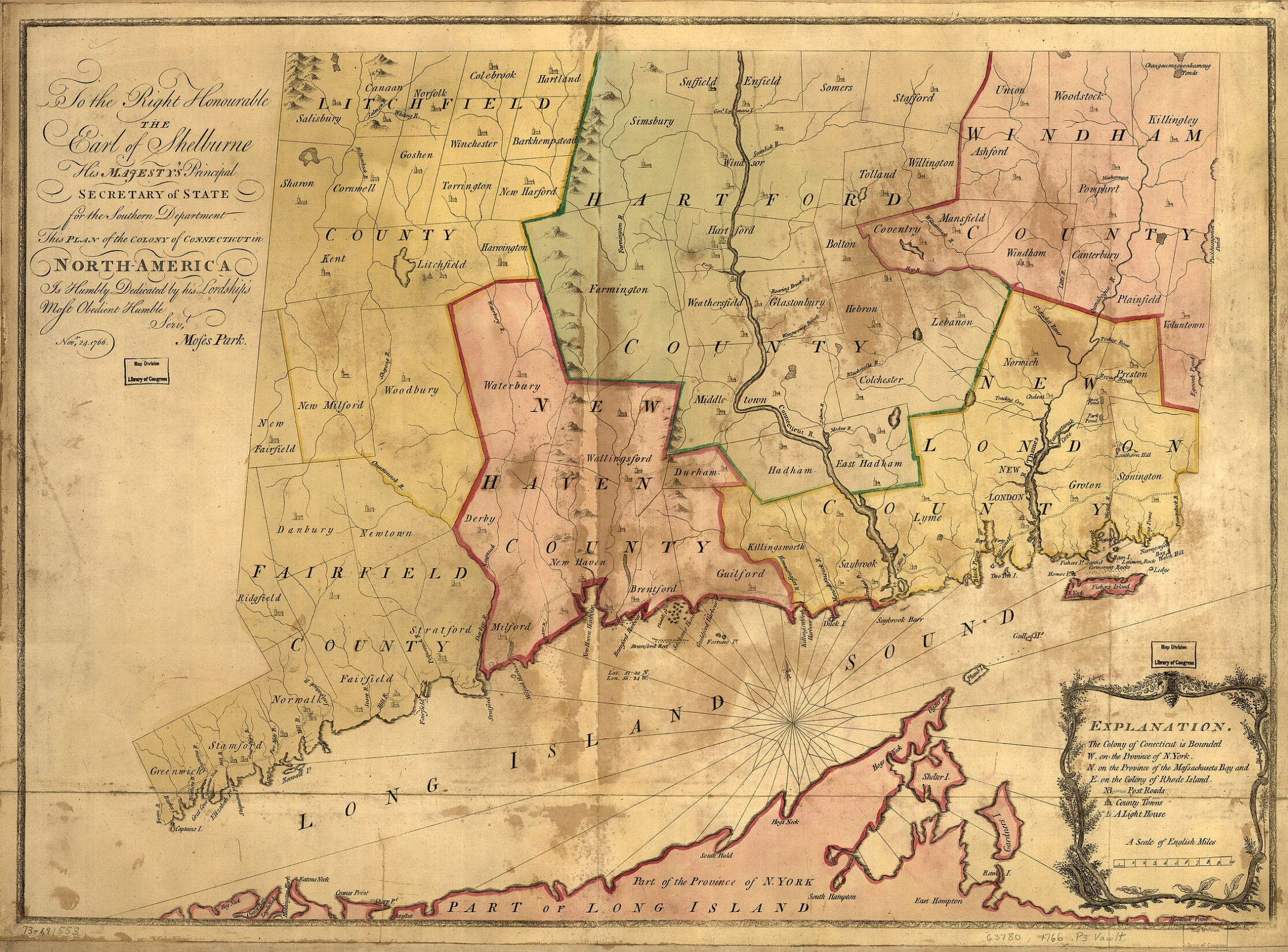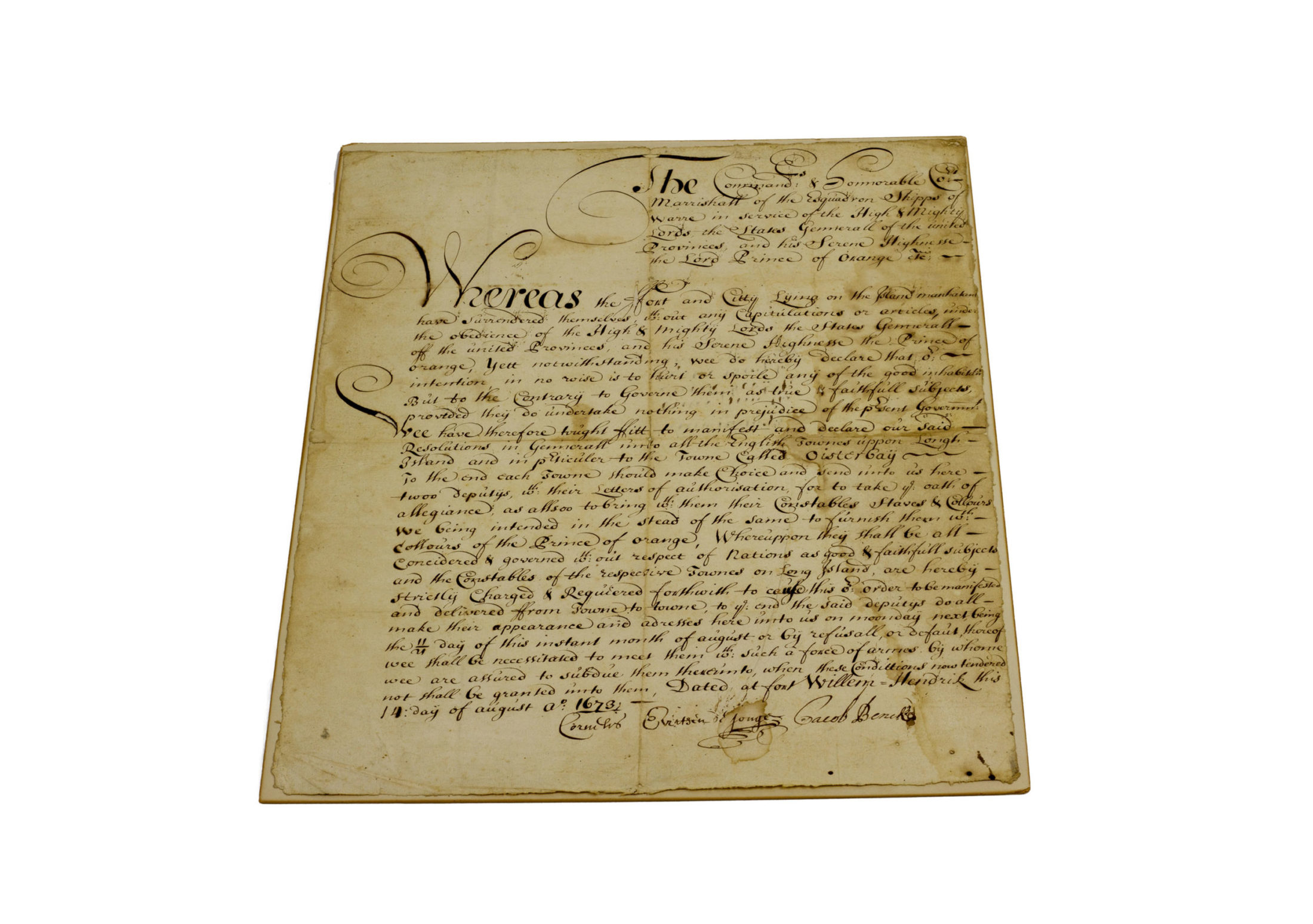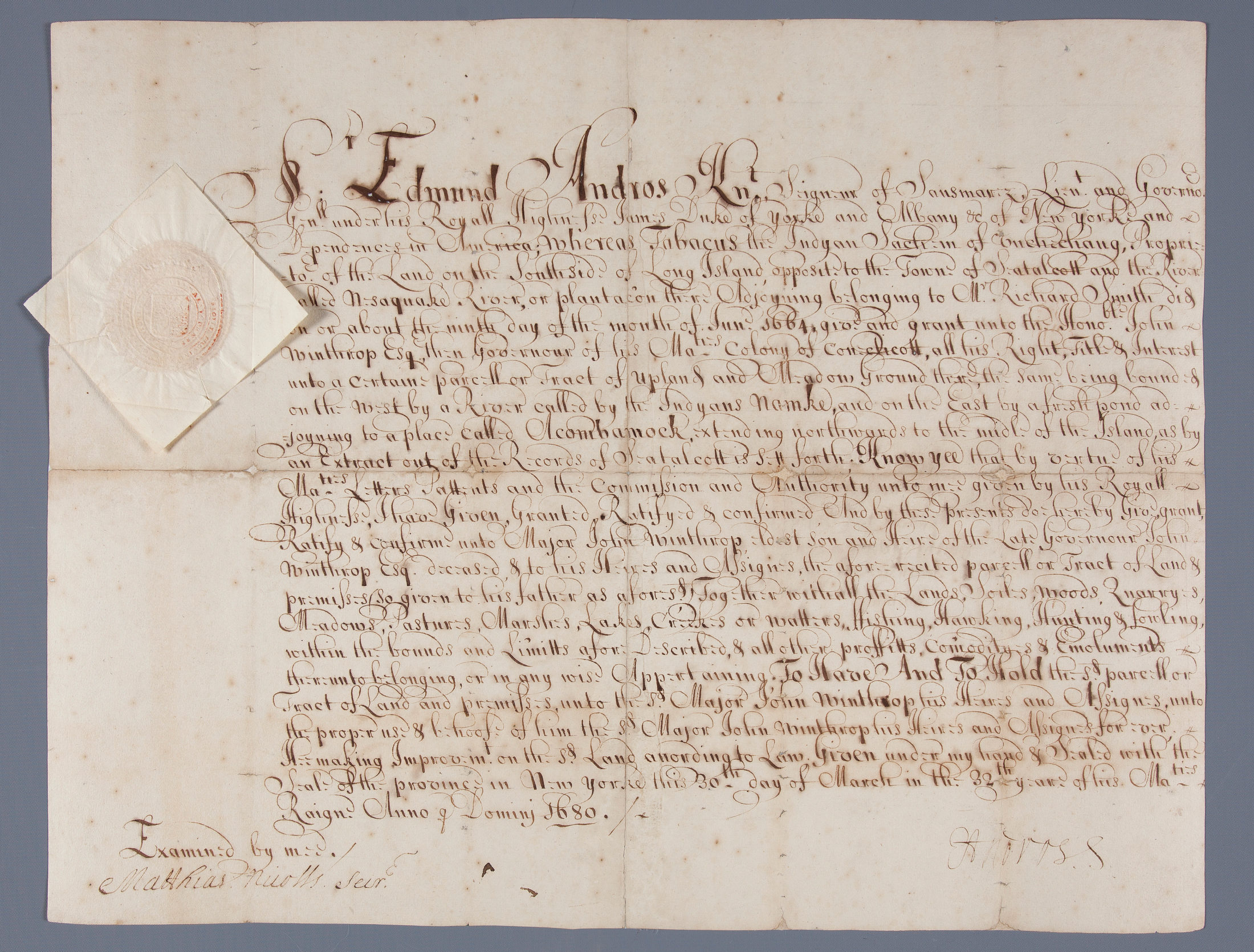When Long Island Nearly Became Connecticut
The East End’s Seventeenth-Century Imperial Crisis
That New York City was once New Amsterdam and part of the Dutch North American empire is well known. Less so is the fact that in the 1600s, the East End of Long Island nearly became part of Connecticut. English immigrants seeking new opportunities or relief from religious oppression traveled across the Long Island Sound to the island’s eastern tip and formed settlements like Southold beginning in the 1640s. Early English Long Islanders desired independence and space, but nevertheless shared close cultural and even political ties with their New England neighbors.
Southold’s original settlers, drawn to a strict interpretation of Puritanism, voluntarily placed themselves under the New Haven Colony’s political jurisdiction, paying taxes and even sending town representatives to the colony’s general court, William Wells among them. In the coming decades, these political allegiances became a source of conflict, first between the Dutch and the English, and, after 1664, between New York Colony and Connecticut Colony.

Diagram of the village of Southold, 1882
J.M. Case
L.I.-1882.Fl
Brooklyn Historical Society
In the 1660s, a quick succession of upsets unsettled life in early Southold. First, in 1662, Connecticut Governor John Winthrop, Jr. secured a new royal charter for the colony, effectively absorbing New Haven Colony, including Southold on Long Island. William Wells apparently objected to the merger and refused to become a freeman of Connecticut Colony. However, the English conquest of New Amsterdam in 1664 presented an even bigger challenge to the future of the East End.

Plan of the Colony of Connecticut in North America, 1766
Moses Park
G3780 1766 .P3
Library of Congress
Residents of the Long Island towns of Southold, Southampton, and East Hampton were apparently initially excited to see their Dutch rivals defeated. But for these East Enders, the possibility of losing some of the freedoms they had enjoyed under Connecticut rule turned them against New York swiftly. New York Governor Nicolls’ records document the persistent rebellion of the three East End towns, whose residents refused to elect local officials or to “pay the publique Rates,” or taxes.
This resistance continued into the 1670s, when the Dutch briefly recaptured the region, renaming it New Orange and demanding the obedience of all residents, including those on Long Island. Sensing a final opportunity, the East End towns reached out to Connecticut officials pleading for protection and to reestablish their former political ties with the colony. Ultimately, the Dutch takeover failed, and the 1674 Treaty of Westminster gave New York back to England, whose jurisdiction over Long Island was then cemented.

Order of Allegiance to the United Provinces and Prince of Orange, 1673
Townsend family papers (1974.021)
Brooklyn Historical Society
Eastern Long Islanders’ hostility to New York was resolved by the colony’s third governor, Edmund Andros. He issued generous new land patents to the townships and promised to respect their control of their local common lands. Imagine, though, how different Long Island might be today if the island had been divided between New York and Connecticut.

East Riding Land patent, 1680
Governor Edmund Andros
Robert C. Winthrop collection (1974.052)
Brooklyn Historical Society